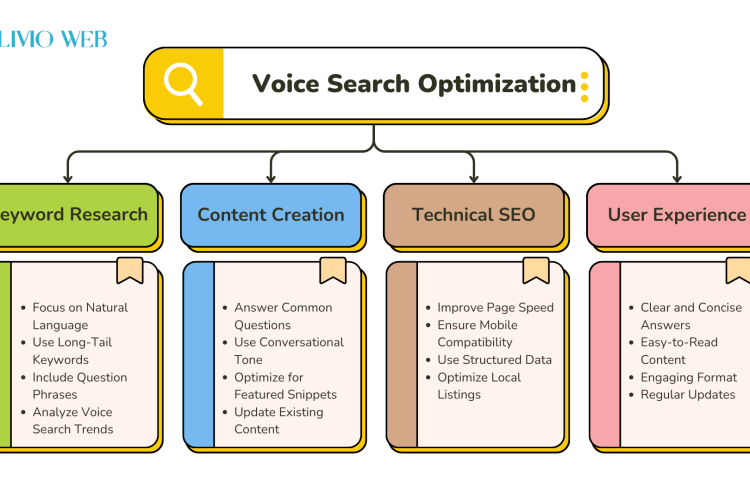Competitive research is indispensable to every successful digital marketing strategy. Whether you want to bolster your brand’s social media presence or rank higher in search engine results, competitor analysis always comes in handy.
Knowing what a competitor is getting right can even help you refine your content strategy. Also, you can identify gaps their content and products/services haven’t yet fulfilled. That, in turn, gives you a competitive edge and even helps you reinforce brand authority.

But it’s important to understand that competitor analysis is more than just about finding out the keywords they’re targeting. Nor is it as simple as mimicking a competitor’s blog posts to drive website traffic.
Competitive research is a complex process that requires the help of professional digital marketing agencies like Enlivio Web. Also, you must have a well-defined strategy in place to identify who your competitors are, and how you can outrank them. In this blog, we’ve outlined a few common competitor analysis mistakes that you should watch out for. Also, we’ll discuss useful tips to avoid these mistakes. Let’s get started.
1. Focusing on the Wrong Competitors
Anyone who is remotely familiar with search engine optimization and digital marketing will tell you that analyzing your competitors provides you with a goldmine of opportunities for content creation and brand building. What most people don’t reveal is how you’re supposed to go about finding those competitors.
Of course, the first thought that comes to your mind is to focus your attention on direct competitors. These are businesses that offer the same products/services as you and target similar demographics.
But when you look beyond these companies, you’ll find that there’s a vast array of websites, blogs, and businesses that are targeting your potential customers on the internet. These competitors often dominate the search engine results pages (SERPs) for your target keywords.
Let’s say your company manufactures and sells high-quality camping gear. When you think about direct competitors, established brands like Decathlon and REI will come to your mind. But a Google search for “durable camping gear” may not feature these brands at all. Instead, you’ll come across various listicles on camping essentials, as well as product reviews of different types of camping gear.
Alternatively, e-commerce marketplaces like Amazon could also rank higher in the SERPs. While Amazon doesn’t manufacture camping gear, the e-commerce giant does sell a plethora of useful camping gadgets and other essentials. If you want to rank in SERPs for that particular keyword, analyzing direct competitors won’t yield any results. Instead, you’ll need to focus on your online competitors, i.e. the brands that dominate search engine results for your target keywords. If you’ve already performed extensive keyword research, identifying your SERP competitors will be straightforward. Run a quick Google search for each keyword, and carefully evaluate the topmost listings.
While you’re at it, make sure that these competitors are targeting the same consumer demographic as your business. Otherwise, emulating their content strategy, website layout, and other parameters will fail to generate sustained results.
2. Blindly Following Your Competitors
Identifying your direct and SERP competitors is half the battle won. But there’s still one important pitfall you need to watch out for. What if your competitor’s digital marketing strategy is flawed? Worse still, what if they’re using black hat SEO tactics, such as keyword stuffing and content scraping, to boost their search engine rankings? In such scenarios, mirroring your competitor’s strategy and campaigns could be catastrophic to your business.
That’s why it is important to take a closer look at every competitor’s web content, inbound link profile, social media pages, and digital assets. Watch out for major red flags, such as spammy backlinks, sponsored reviews, and duplicate content.
3. Not Reviewing Your Strategy
As with most aspects of digital marketing, competitive research isn’t a one-time activity. If you don’t review your competitors regularly, chances are they’ll end up outranking your website in SERPs. Also, you’ll have no idea of any emerging businesses that could pose a threat to your brand.
That’s why it is important to frequently monitor, measure, and assess the results of your competitor analysis strategy. Also, keep an eye out for new tools, market trends, and tech advancements in your industry.
Final Thoughts
Effective competitor analysis arms you with a plethora of information and insights to establish your online presence, skyrocket website traffic, and acquire new customers. But you can reap these benefits only when you select the right direct and online competitors. Don’t forget to analyze and improve your strategy at regular intervals as well.



